When selecting door hardware, the choice between invisible hinges and traditional hinges significantly impacts both functionality and aesthetics. Invisible hinges, also known as concealed hinges, are hidden when the door is closed, offering a sleek appearance. Traditional hinges, such as butt hinges, are visible and have been widely used for years. This article compares these two hinge types to assist in making an informed decision for your projects.
Aesthetic Appeal
Invisible hinges provide a clean, modern look by eliminating visible hardware, allowing the door to blend seamlessly with its surroundings. This design is particularly favored in contemporary architecture and high-end installations where minimalism is desired. In contrast, traditional hinges are exposed, which can disrupt the visual continuity of a door and frame. While some designs incorporate decorative elements, they may not achieve the same level of subtlety as invisible hinges.
Security Considerations
Security is a critical factor in hinge selection. Invisible hinges are concealed when the door is closed, making them less susceptible to tampering or forced entry, as there are no accessible pins or hardware for intruders to exploit. Traditional hinges, being exposed, can be more vulnerable to tampering, especially if the hinge pins are removable. Therefore, for enhanced security, invisible hinges are often the preferred choice.
Adjustability and Installation
Modern invisible hinges, particularly 3D adjustable concealed hinges, offer adjustability in three dimensions: vertical, horizontal, and depth. This feature allows for precise alignment during installation and easy adjustments over time, ensuring optimal door performance. Traditional hinges typically offer limited or no adjustability, which can lead to alignment issues and may require additional hardware, such as shims, to achieve proper fitting.
3D Adjustable Concealed Door Hinge
Durability and Maintenance
Invisible hinges are often constructed from high-quality materials and are protected within the door and frame, reducing exposure to environmental factors and physical damage. This design contributes to their longevity and consistent performance. Traditional hinges, being exposed, are more susceptible to wear and tear and environmental damage and may require more frequent maintenance, such as lubrication and tightening.
Load Capacity
The load-bearing capacity of hinges is crucial, especially for heavy or high-traffic doors. Invisible hinges are designed to support substantial weights while maintaining smooth operation, making them suitable for both residential and commercial applications. Traditional hinges also offer significant load capacities but may require additional hinges to support heavier doors adequately.
Cost Implications
Invisible hinges are generally more expensive than traditional hinges due to their complex design and the precision required for installation. However, the benefits they offer in terms of aesthetics, security, and adjustability can justify the investment, particularly in high-end or design-focused projects. Traditional hinges are more budget-friendly and easier to install, which can be advantageous in projects with tight budgets or less emphasis on concealed hardware.
Quick Check: Invisible Hinges vs. Traditional Hinges
|
Feature |
Invisible Hinges |
Traditional Hinges |
|
Aesthetic Appeal |
Hidden when the door is closed, providing a clean, modern look. |
Visible when the door is closed, which can disrupt visual continuity. |
|
Security |
Concealed design makes them less susceptible to tampering or forced entry. |
Exposed design can be more vulnerable to tampering, especially if hinge pins are removable. |
|
Adjustability |
Modern versions, like 3D adjustable concealed hinges, offer adjustments in vertical, horizontal, and depth dimensions. |
Typically offer limited or no adjustability, potentially leading to alignment issues over time. |
|
Durability |
Protected within the door and frame, reducing exposure to environmental factors and physical damage. |
Exposed to environmental factors, which can lead to wear and tear and may require more frequent maintenance. |
|
Load Capacity |
Designed to support substantial weights, suitable for heavy or high-traffic doors. |
Can support significant weights but may require additional hinges for heavier doors. |
|
Cost |
Generally more expensive due to complex design and precision installation requirements. |
More budget-friendly and easier to install, advantageous for projects with tight budgets. |
Product Introduction: Sunda Adjustable Concealed Hinge
For projects requiring high-quality invisible hinge solutions, the CCH043-80 adjustable concealed hinge from Sunda Hardware is an excellent choice. This hinge is crafted from durable zinc alloy and aluminum, ensuring longevity and consistent performance. It features a sleek silver finish, with options available in black, gray, gun black, antique brass, antique copper, and brass to complement various design aesthetics.
120 Degree Concealed Hinge 80KG
Key specifications include:
- Size: 32.5mm x 176.5mm
- Loading Capacity: Supports up to 80kg per pair, making it suitable for heavy doors.
- Minimum Door Thickness: Compatible with doors of at least 40mm thickness.
The CCH043-80 offers 3D adjustability, allowing for precise alignment in vertical, horizontal, and depth dimensions, ensuring optimal door performance and ease of installation. Its concealed design enhances security by reducing tampering risks and contributes to a clean, modern appearance in both residential and commercial settings.
Conclusion
Choosing between invisible and traditional hinges depends on the specific requirements of your project, including aesthetic preferences, security needs, installation considerations, and budget constraints. Invisible hinges offer a modern, secure, and adjustable solution ideal for contemporary designs and high-end applications. Traditional hinges provide a cost-effective and straightforward option suitable for many standard applications. Understanding the distinctions between these hinge types will aid in selecting the most appropriate hardware for your doors.

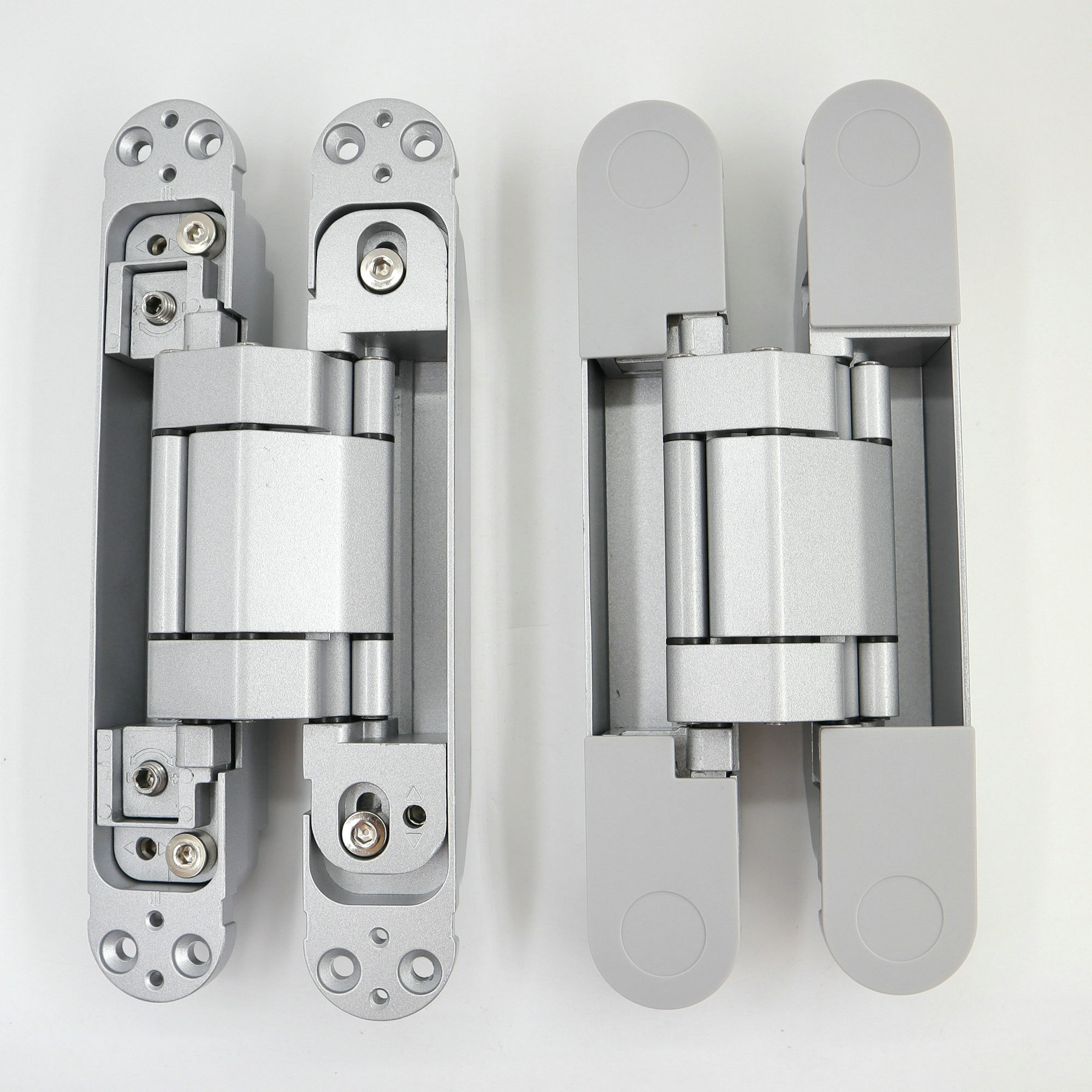
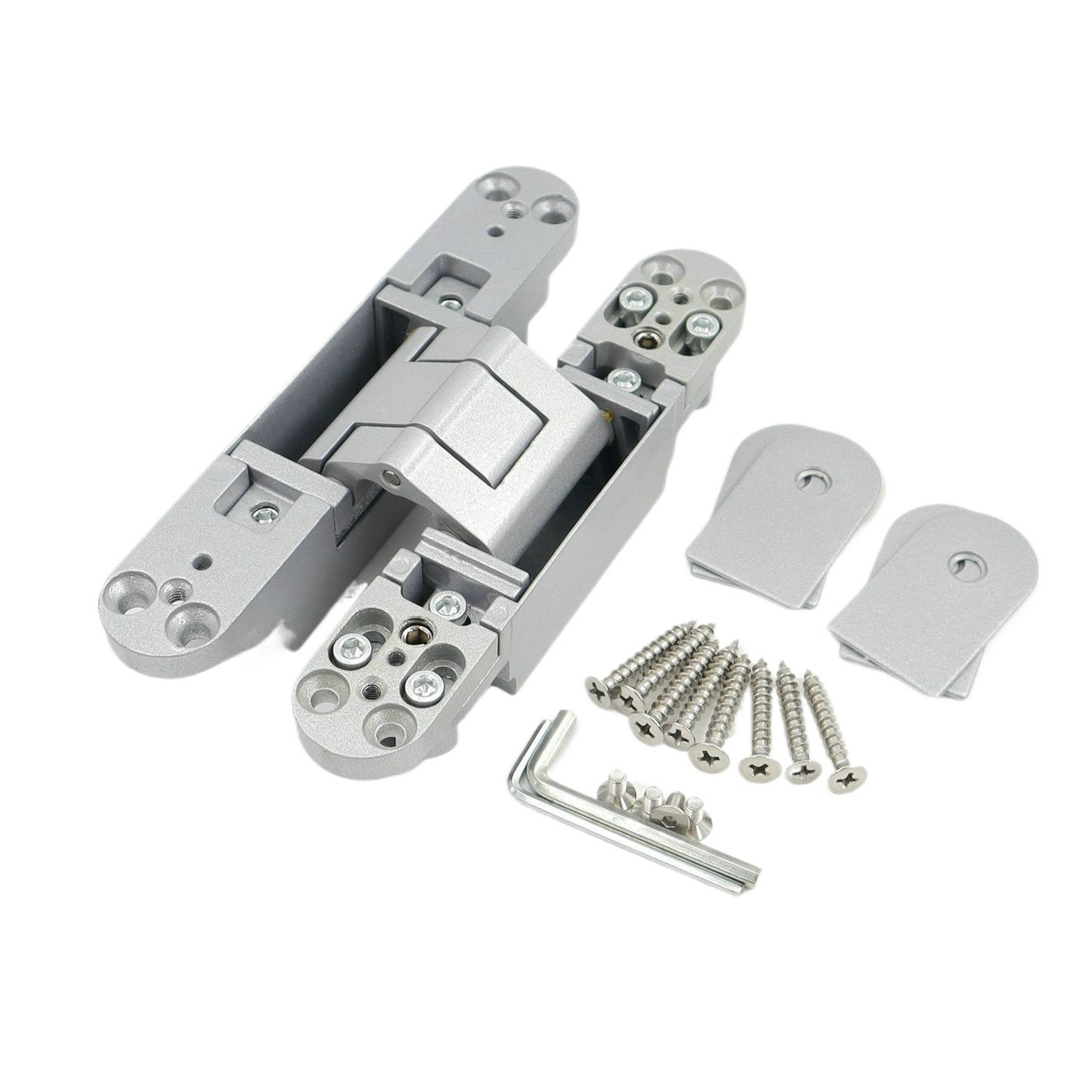
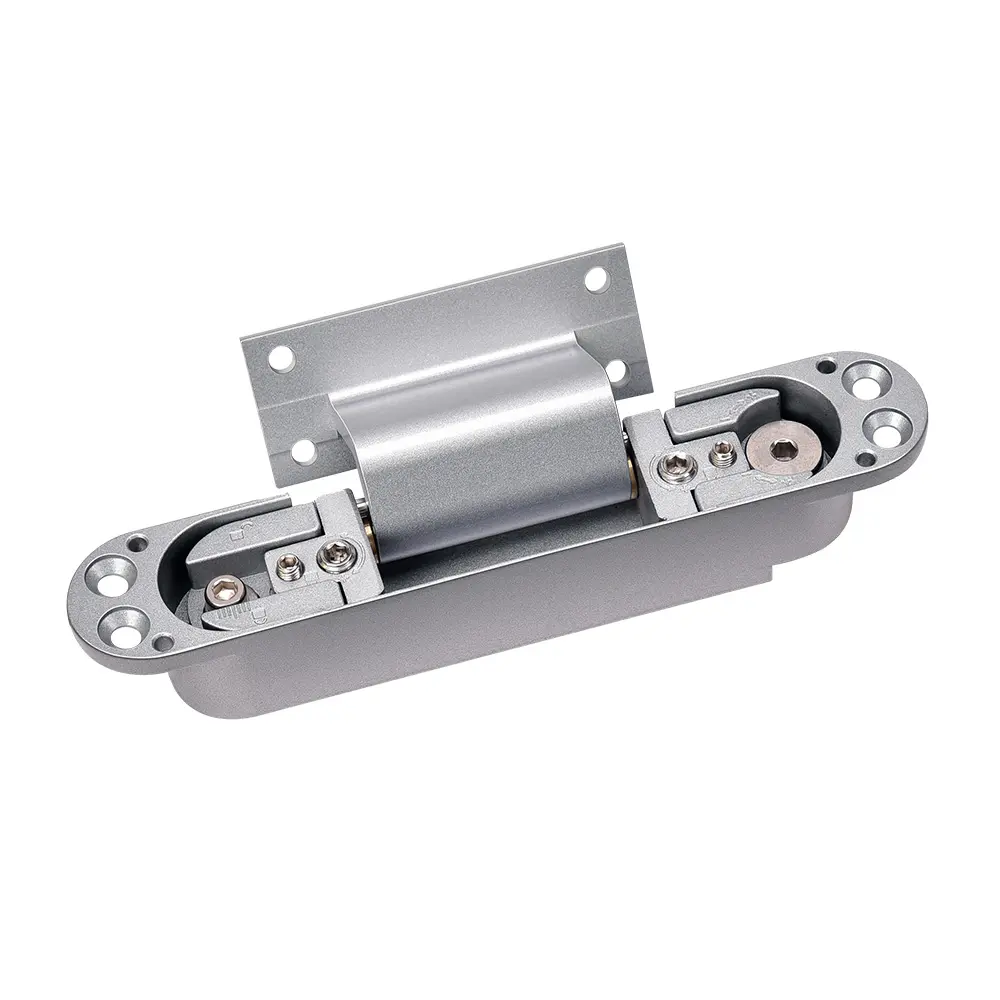
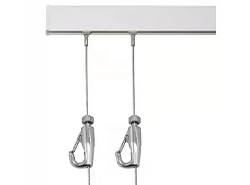

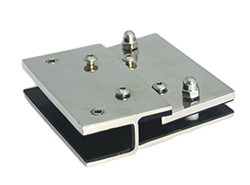
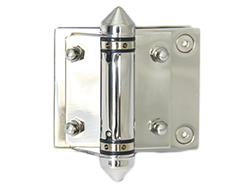
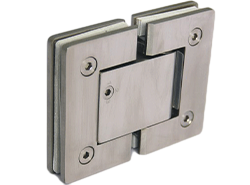
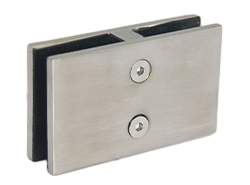
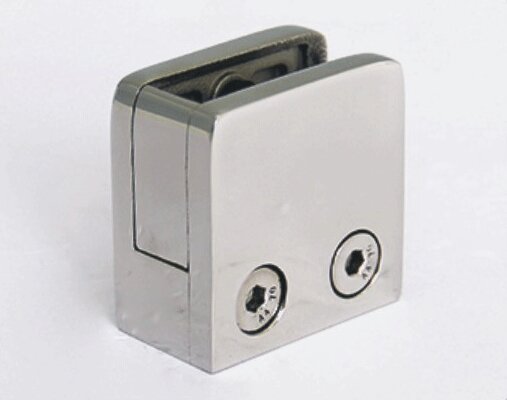
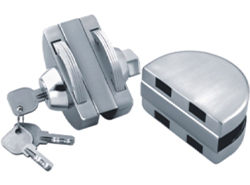
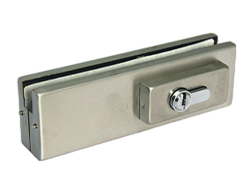
_31221.png)